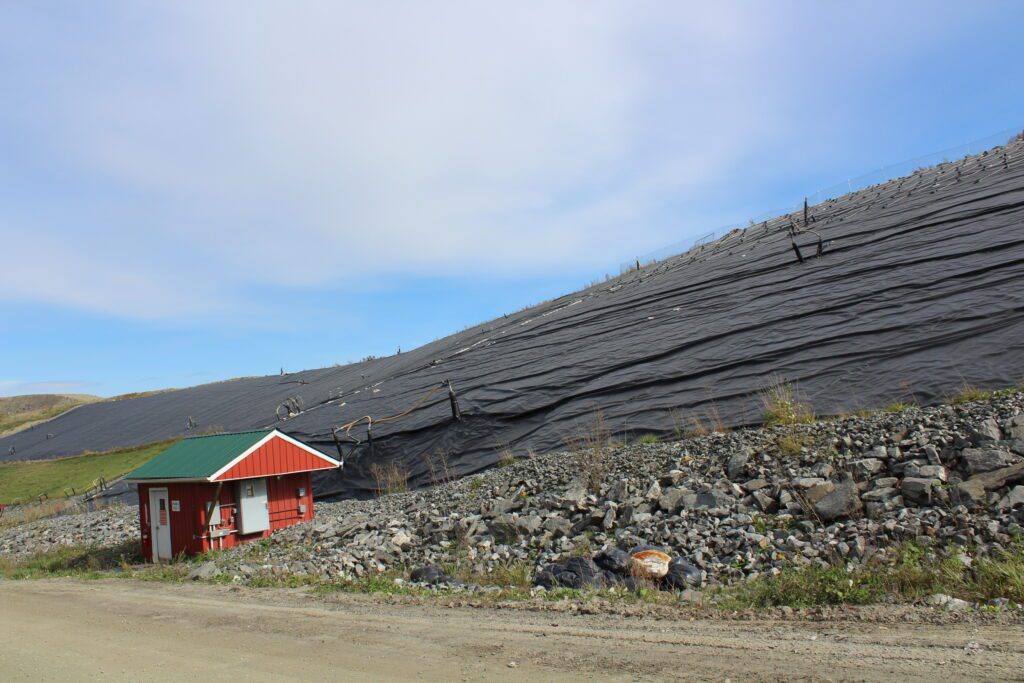Service Quality and Reliability Results
By Louis Porter
Washington Electric Cooperative annually reports to state regulators how well it provided service to its members over the last year. The Service Quality and Reliability Plan, or SQRP, report consists of 12 categories designed to take a snapshot of where we are doing well and where we need to improve.
While this report is filed with the Vermont Public Utility Commission, it is also a useful tool for WEC and for those it serves to track performance and highlights trends.
As in past years, WEC’s performance was very good in most of the category areas. However, in two measures we did not meet our goals. The first is in the number of calls answered within 20 seconds; WEC did not reach its goal of 85 percent (more on this later). We also missed our goal, by just a fraction, for the average time taken to restore lost power.
- Work Safety Performance. The safety of WEC workers and of the general public is of great importance and is a top priority for WEC. The jobs of any electrical utility workers can be difficult, strenuous, and pose significant risks. Given WEC’s service territory, which includes miles of power lines far away from roads, and our relatively few workers, those dangers are of even greater significance. Fortunately, WEC experienced no incidents resulting in loss of time in 2021.
- Outage Incidents. The “System Average Interruption Frequency Index”, or SAIFI, measures the average number of outage incidents that occurred per member, exclusive of major storms. Our goal is no more than 3.8 outages per member, and we averaged 2.7 in 2021.
- Outage Duration. The “Customer Average Interruption Duration Index”, or CAIDI, measures the average time it takes to restore power when there was an outage, exclusive of major storms. Our goal is to restore power in 2.7 hours, and in 2021 we just missed that objective and restored power in 2.8 hours on average. In part, this may have been due to the WEC operations crew being short staffed for much of 2021.
- Calls not answered within 20 seconds. One of our requirements from regulators is that we answer calls to WEC within 20 seconds in all but 15 percent of the cases. In 2021, as in 2020, we exceeded that goal, with an annual average of 24 percent being answered within the time allotted. There were several reasons for this, including that the pandemic necessitated WEC’s Member Service Representatives work remotely and that they learn new telecommunications systems to do so and because of staffing challenges, which had WEC down an MSR during portions of the year. In addition, the Cooperative Response Center, which fields calls for WEC outside of business hours, had its own staffing difficulties during the pandemic.
With WEC returning to full staff late in 2021, and with some changes to how CRC handles WEC calls, we saw some improvement in call times in December and will work to continue that into 2022.
- Bills not rendered in seven days. Our goal is to have no more than 0.1 percent of bills (one in 1,000) issued more than seven days after they were supposed to go out. No bills were issued late in 2021 to WEC’s members.
- Bills found inaccurate. No more than 0.10 percent of all bills (one in 1,000) sent out should be inaccurate. We meet that goal, with 14 bills for the year inaccurate when sent out. This was an improvement over 2020, when there were 29 bills found inaccurate.
- Payment posting complaints. Our target is no more than 0.05 percent of members (one in 2,000) having complaints about payments not being posted promptly and accurately to their accounts. We had two complaints in 2021, meaning WEC met its goals in this area.
- Meter readings a month. Although there are situations in which a meter cannot be read and WEC must issue an estimated bill, the goal is for that to occur in no more than five percent of bills, or five in 100. In 2021, there were no bill estimated meter readings.
- Requested work not done on time. When we extend lines to new homes or do work requested by members, we try hard to do that work efficiently and on time. Although this can be a challenge for a small organization, particularly when WEC has seen a large number of new service requests during the pandemic, we have a target of no more than five percent of jobs not being completed on time. In 2021, as in past years, all jobs were completed on time.
- Average delay days after missed delivery date. This measure is not applicable, given that all jobs were completed on time as noted above.
- Customer satisfaction. WEC conducts a professional survey of members every five years to gauge customer satisfaction. The most recent survey was completed in 2020, and WEC received high marks in most categories. Overall, members were satisfied with WEC service, with a mean rating of 8.34 (out of 10), with 57 percent of respondents giving a 9 or 10.
- Complaints to DPS/Consumer affairs. Vermonters who get their electricity from any of the state’s utilities can report those problems to the Consumer Affairs Division of the Department of Public Service. The Department then contacts the utility for more information. In most cases, those issues are resolved through discussion or the DPS determines there was no basis for the complaint. However, if the DPS determines that a utility has not done something right and requires that it be corrected, this is recorded as an “escalation”. WEC’s SQRP requires that the number of escalations not exceed 0.07 percent of our membership (or about 7 per year). In 2021, as in 2020, no escalations were reported.

